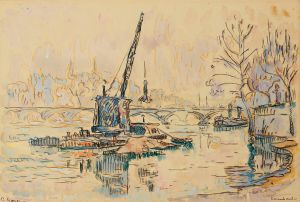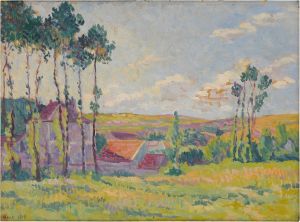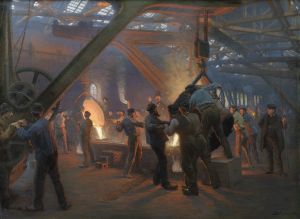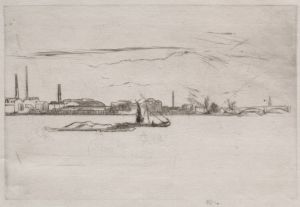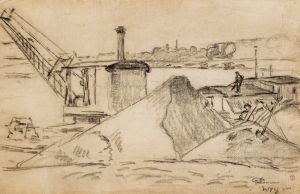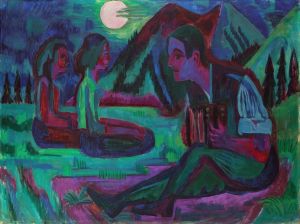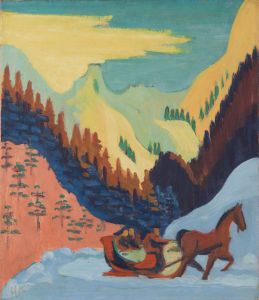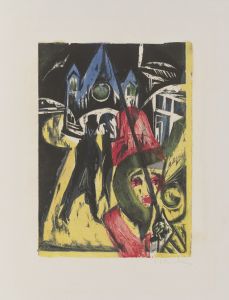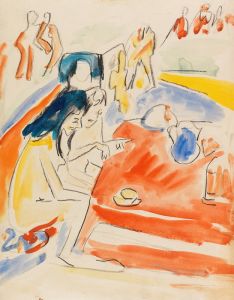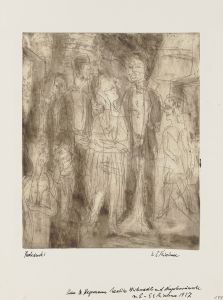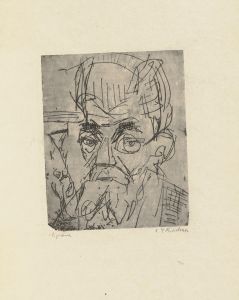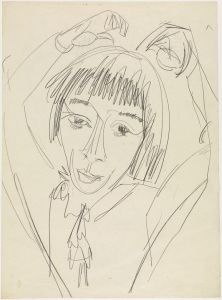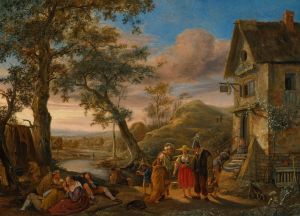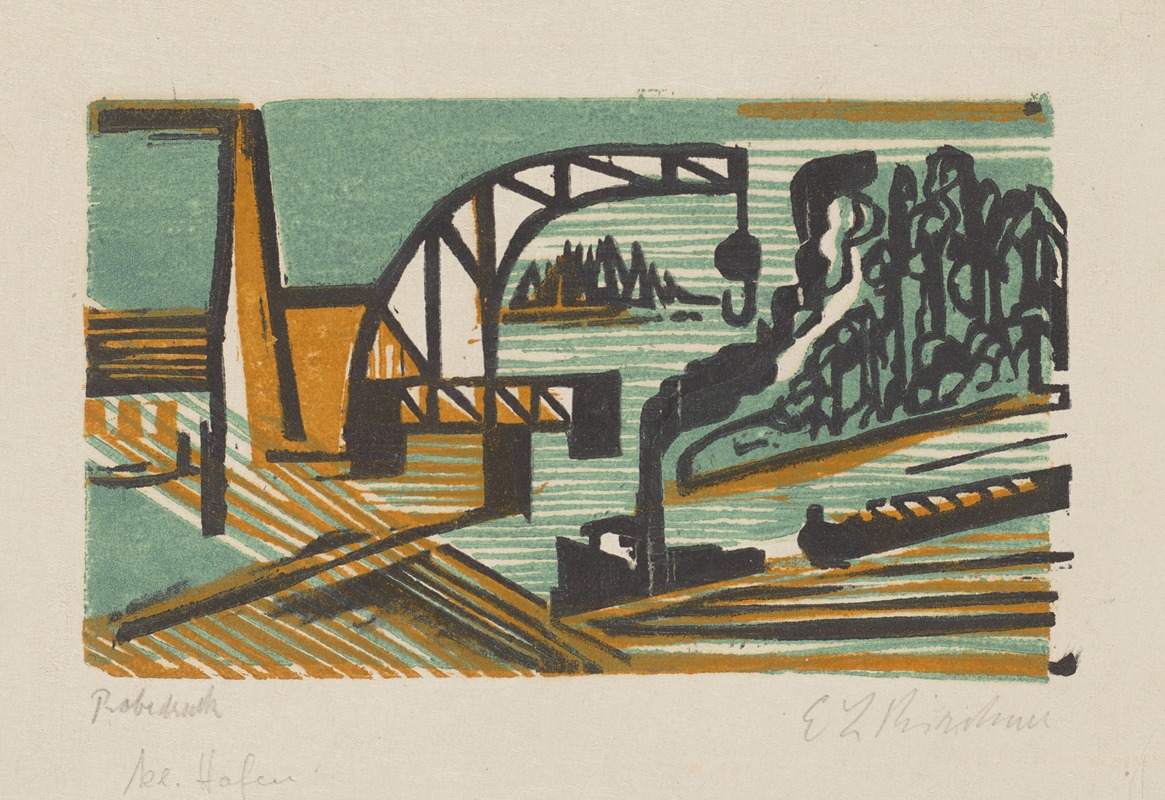
Flusslandschaft mit Kran und Schleppzug
A hand-painted replica of Ernst Ludwig Kirchner’s masterpiece Flusslandschaft mit Kran und Schleppzug, meticulously crafted by professional artists to capture the true essence of the original. Each piece is created with museum-quality canvas and rare mineral pigments, carefully painted by experienced artists with delicate brushstrokes and rich, layered colors to perfectly recreate the texture of the original artwork. Unlike machine-printed reproductions, this hand-painted version brings the painting to life, infused with the artist’s emotions and skill in every stroke. Whether for personal collection or home decoration, it instantly elevates the artistic atmosphere of any space.
Ernst Ludwig Kirchner, a prominent German expressionist painter and one of the founding members of the influential art group Die Brücke, created a diverse body of work that includes the painting "Flusslandschaft mit Kran und Schleppzug." While specific details about this particular painting are limited, Kirchner's broader artistic style and thematic interests provide context for understanding his work.
Kirchner was born on May 6, 1880, in Aschaffenburg, Germany, and he studied architecture in Dresden before fully committing to painting. In 1905, he co-founded Die Brücke (The Bridge) with Fritz Bleyl, Erich Heckel, and Karl Schmidt-Rottluff. This group sought to create a new form of artistic expression that bridged traditional academic art and modern avant-garde movements. They were heavily influenced by the works of Vincent van Gogh, Edvard Munch, and the Fauves, and they aimed to express raw emotion and explore the human condition through bold colors and dynamic compositions.
Kirchner's work often depicted urban life, landscapes, and nudes, characterized by their vibrant colors, distorted forms, and expressive brushwork. His style evolved over time, reflecting his personal experiences and the changing socio-political landscape of early 20th-century Europe. The landscapes he painted were not mere representations of nature but were imbued with emotional and psychological depth.
"Flusslandschaft mit Kran und Schleppzug" translates to "River Landscape with Crane and Tugboat," suggesting a scene that combines natural and industrial elements. This theme aligns with Kirchner's interest in the tension between nature and modernity, a recurring motif in his work. The presence of industrial elements like cranes and tugboats in a river landscape could reflect the rapid industrialization of Germany during Kirchner's lifetime and the impact of these changes on the natural environment.
Kirchner's landscapes often feature dynamic compositions and a vivid palette, capturing the energy and movement of the scene. His use of color was not merely descriptive but emotive, aiming to evoke a visceral response from the viewer. The brushwork in his paintings is typically vigorous and expressive, contributing to the overall sense of movement and intensity.
Throughout his career, Kirchner faced numerous personal and professional challenges. The outbreak of World War I had a profound impact on him, leading to a period of depression and a decline in his mental health. Despite these struggles, he continued to produce art, and his style became more abstract and introspective over time.
In 1937, the Nazi regime in Germany condemned Kirchner's work as "degenerate art," and many of his pieces were removed from museums. This rejection had a devastating effect on him, and he eventually took his own life in 1938 in Frauenkirch, Switzerland.
While specific information about "Flusslandschaft mit Kran und Schleppzug" is scarce, understanding Kirchner's broader artistic vision and the historical context in which he worked provides insight into the potential themes and stylistic elements of the painting. His legacy endures through his contributions to expressionism and his influence on subsequent generations of artists.





